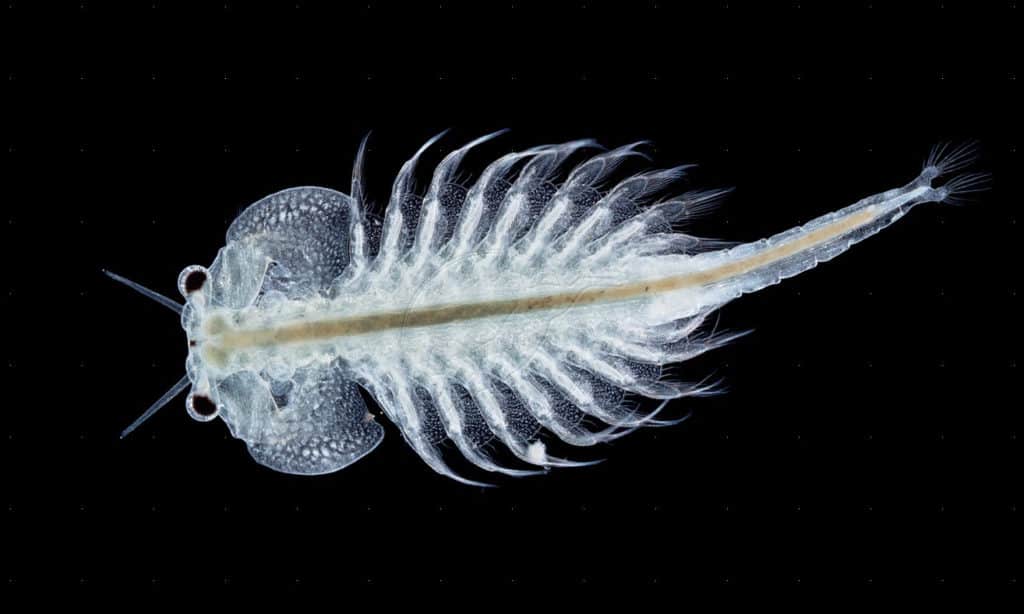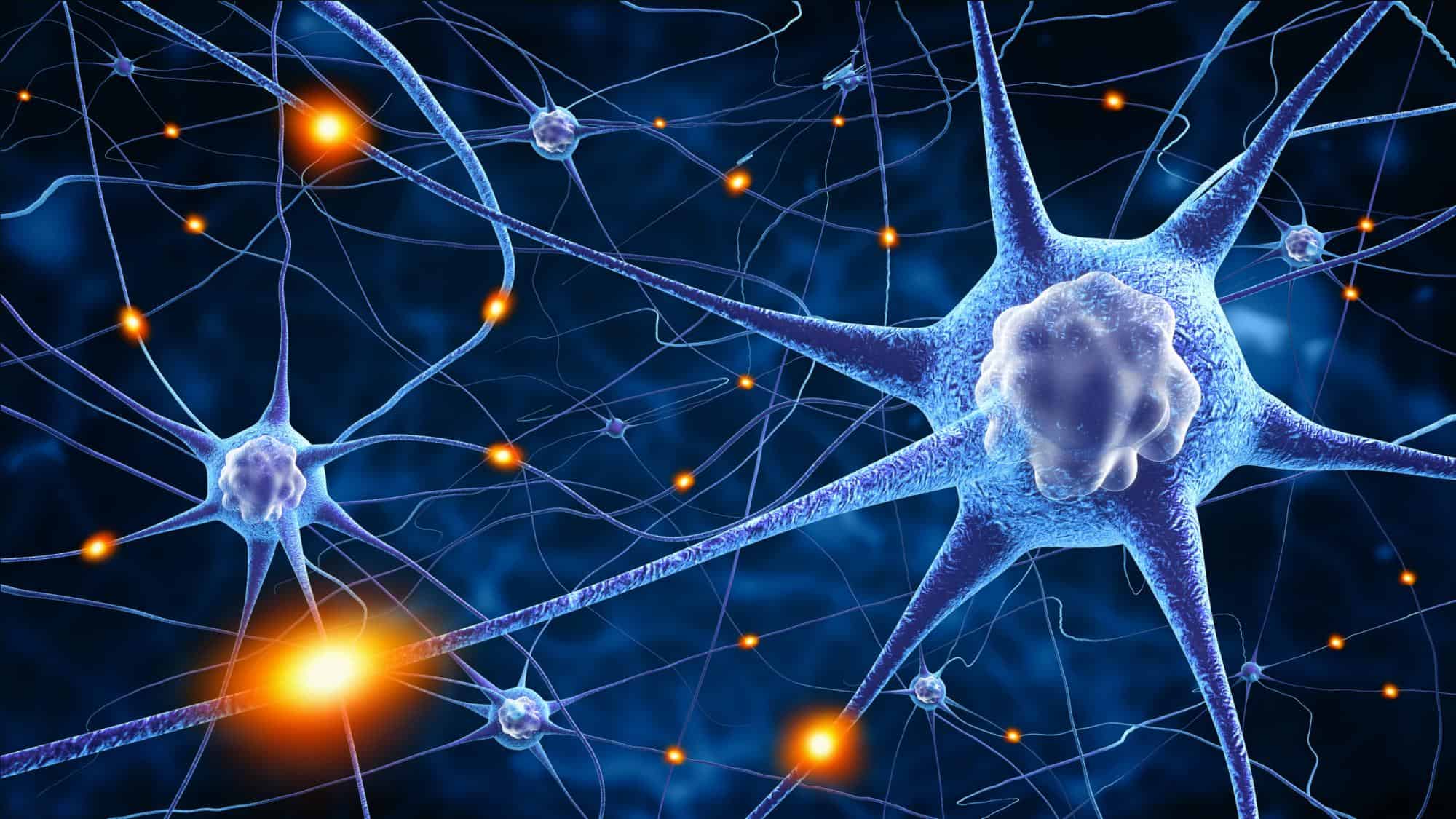Core Practical 13 – From Topic 5 (On The Wild Side)

Brine shrimp (Artemia salina) male showing claspers
Aim
To investigate the effects of temperature on the development of brine shrimp and their hatch rates.
Independent Variable
Temperature of each sample (water baths at 10°C, 15°C, 20°C, 25°C and 30°C will be used)
Dependent Variable
The number of hatched shrimps
Control Variables
- Amount of sea salt used – 2 g used (weighed using weighing scale)
- Volume of water used – 100 cm³ of de-chlorinated water will be used each time
- Number of brine shrimp eggs – roughly 40 should be used in each beaker
- Light intensity – all beakers placed in same area with equal amounts of light exposure
- Time – each sample of eggs will be left for exactly 24 hours
Ethical Considerations
Brine Shrimp are most likely not complex enough to suffer physical and mental stress. Nevertheless, there is still debate over whether or not animals should possess rights as humans do. Due to a lack of consent from the shrimp, we can instead try to minimise the amount of suffering by considering animal welfare. The purpose of the investigation can be justified if the shrimps don’t suffer as much. We can minimise the suffering by:
- Returning the shrimps to their natural habitat after use
- Storing the shrimps in conditions that replicate their natural environment
- Working at a good pace to minimise time shrimps are under any possible stress
- Turning off the bright light when not in use
- Not using an excessive temperature
Equipment
- Brine shrimp egg cysts
- 2 g sea salt for each beaker
- De-chlorinated water for each beaker
- Beakers
- 5 water baths
- Forceps
- Bright light
- Pipette
- Weighing scale
- Blank, white paper
- Graph paper
- Magnifying glass
Control
The sample left at 25°C can be the control as this replicates standard room temperature.
Method
- Set up water baths at temperatures 10°C, 15°C, 20°C, 25°C and 30°C.
- Place 2 g of sea salt into a 100 cm³ beaker. Add 100 cm³ of de-chlorinated water and stir until the salt completely dissolves.
- Label the beaker with sea salt and the temperature at which it will be incubated.
- Place a tiny pinch of egg cysts onto a large sheet of white paper. Wet the piece of graph paper using a few drops of salt water.
- Dab the paper onto the white sheet to pick up approximately 40 eggs. Use a magnifying glass to count the eggs.
- Put the paper with the 40 eggs into the beaker (eggs-side down). After 3 minutes, use a pair of forceps to gently remove the paper, making sure that all the egg cysts have washed off into the water.
- Incubate the beakers at the appropriate temperatures, controlling exposure to light as far as possible.
- The next day count the number of hatched larvae in each of the beakers. To do this, place a bright light next to the beaker. Any larvae will swim towards the light.
- Using a fine glass pipette catch the brine shrimps and place them in a small beaker of salt water. Brine shrimps are very delicate and care must be taken when handling them.
- Record the number of larvae that have successfully hatched at each temperature and plot a graph.
Results & Calculations
The majority of the shrimp should hatch at the optimum temperature between 25°C and 30°C. A Spearman’s Rank statistical test can be carried out to determine the statistical relationship. You should observe that hatching success rate increases with increasing temperature up to the optimum, after which the success rate decreases.
Conclusion
The hatching success with respect to temperature can be explained in terms of enzymes:
A low temperature provides less kinetic energy to the enzymes so fewer enzyme-substrate complexes are formed in the same amount of time. Therefore, fewer product molecules are produced. This is the reason why increasing temperature initially increases the rate of development and so hatching success.
The peak of the graph indicates the optimum temperature. This is when enzymes have the greatest amount of kinetic energy they can have whilst maintaining their protein structure. At this point, the enzymes are working most efficiently and effectively.
Beyond this optimum temperature, the protein structure starts to change. Large amounts of kinetic energy overcome the hydrogen bonds in the tertiary and secondary structures of the proteins. This causes the enzyme to change shape and so the shape of the active site is also altered. For this reason, fewer substrates can bind to form enzyme-substrate complexes. This is why increasing the temperature beyond a certain point slows down the rate of development.
Evaluation Points
- Difference in light intensity (random error) – can all be placed in dark room with one dim light source covering all samples equally
- Death of eggs due to natural causes (random error) – carry out repeats to make results more reliable







Leave a Reply